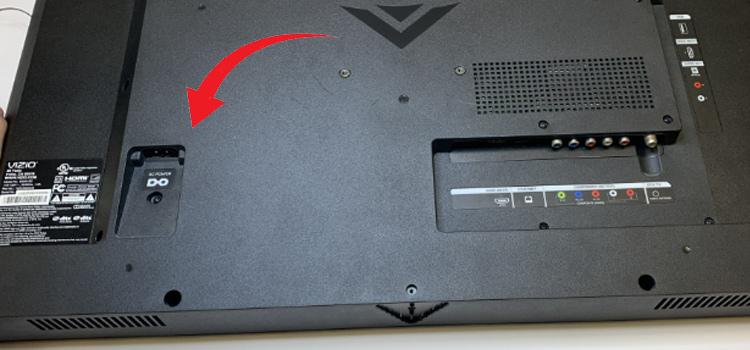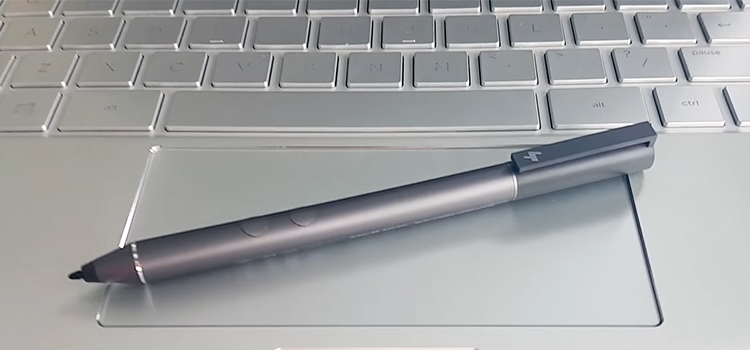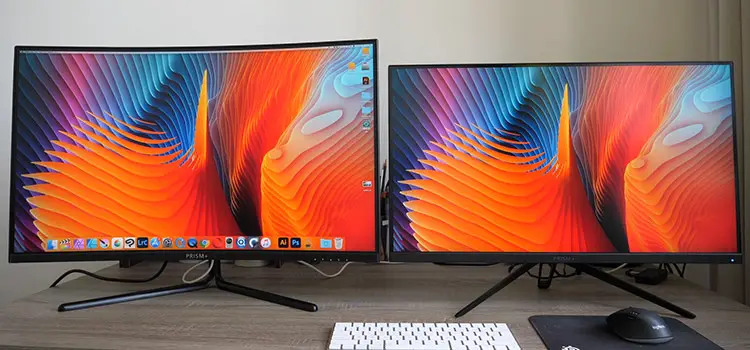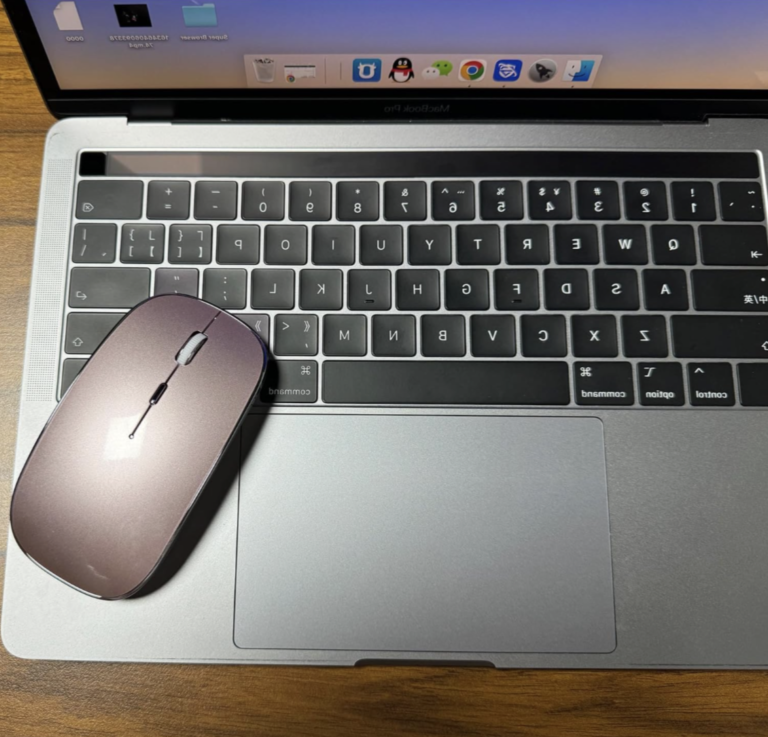What Slot Does GPU Go Into? | Everything You Need To Know
While connecting your GPU to your motherboard, you may find several empty slots and for this, you may get easily confused about which slot should you put the GPU or what slot is the best for your GPU.
Well, it is best to plug the graphics cards or GPUs into the first PCI Express x16 slot. However, GPUs are also good to go with the lower slots too.
Don’t worry, we’ll clear up everything about where to plug the GPU on your motherboard to get the maximum output from your graphics card and where you shouldn’t. So, without further ado, let’s quickly read this article thoroughly till the end.

The Basics of PCI Express Slots and Lanes
PCI Express (PCIe) slots are known as the de-facto expansion card connector standard on the motherboard and they are popular for their high bandwidth and speed. These slots make a high-speed connection between the expansion cards (graphics cards, capture cards, sound cards, SSDs, etc.) and the chipset or CPU of the computer through tiny physical wires.

You can find different types of PCIe slots such as PCIe 1.0, PCIe 2.0, PCIe 3.0, and PCIe 4.0. The numbers after these PCIe slots define the generation of these slots that are evolved.
Again, for each generation, you can find 4 different types of slots such as x1, x4, x,8, and x16. These are defined based on how many lanes are available on the slot. For instance, X16 means there are 16 lanes available on that PCIe slot. The more lanes in a slot the more speed or bandwidth you can get from it.
Here is a chart for more info about the PCIe slots:
| PCIe Generation | Transfer Rate | Introduced | Bandwidth (per lane) | |||
| x1 | x4 | x8 | x16 | |||
| PCIe 1.0 | 2.5 GT/s | 2003 | 250 MB/s | 1.00 GB/s | 2.00 GB/s | 4.00 GB/s |
| PCIe 2.0 | 5 GT/s | 2007 | 500 MB/s | 2.00 GB/s | 4.00 GB/s | 8.00 GB/s |
| PCIe 3.0 | 8 GT/s | 2010 | 984.6 MB/s | 3.94 GB/s | 7.88 GB/s | 15.75 GB/s |
| PCIe 4.0 | 16 GT/s | 2017 | 1.969 GB/s | 7.88 GB/s | 15.75 GB/s | 31.51 GB/s |
| PCIe 5.0 | 32 GT/s | 2019 | 3.938 GB/s | 7.877 GB/s | 15.754 GB/s | 31.508 GB/s |
| PCIe 6.0 | 64 GT/s | 2021 | 7.563 GB/s | 15.125 GB/s | 30.250 GB/s | 60.500 GB/s |
As you can see from the chart above you can get the maximum bandwidth only from an x16 PCIe slot. So, always try to connect your GPU to a PCI express x16 slot to get the maximum speed.
Which PCIe Slot Is Ideal For GPU?
As now you have a basic understanding of each and every PCIe slot and their bandwidths, now you know that the most preferred slot for use with a GPU is the PCI Express x16 slot.
However, you may still get confused about which x16 slot should you use as there could be multiple x16 slots on your motherboard. So, which one you should go for your GPU?

As you can see in the picture above there are 2 PCIe x16 slots available on this motherboard, but if you can observe both of them you may see the differences between them. The PCIe slot that is marked no. 1 has 16 lanes but the 2nd PCIe slot has 8 lanes. This means it is PCIe x8.
Yes, it is true that your GPU will fit perfectly into the PCIe x8 slot, but you may not get the speed or performance as the x16 PCIe slot.
Here is the Bandwidth that you can get from these two PCIe slots:
| PCIe Lanes | Single Direction | Dual Direction |
| PCIe x8 | 20 Gbps/1.6 Gbps | 40 Gbps/3.2 Gbps |
| PCIe x16 | 40 Gbps/3.2 Gbps | 80 Gbps/6.4 Gbps |
So, you always put your GPU in the 1st PCIe x16 slot to get the best performance. But if you can’t identify the PCI Express x16 slot on your motherboard, then you can look at the manual of your motherboard or can check your motherboard’s manufacturer specs online to identify the correct PCI Express x16 port.
Which PCIe Slots to Use for Multi-GPUs
You already know that GPU should go into PCI Express x16 ports for better performance. But what if you have more than one GPU? Which PCIe slots you should use for the 2nd GPU then?
Well, the answer is quite simple too. The first GPU will go to your first open PCI Express x16 slot and the 2nd one will go to the 2nd PCIe x16 slot. But if your motherboard lacks 2 PCIe x16, then you can put the 2nd one into the x8 slot as it is the least required lane for a GPU.
However, if you are using a lot of SATA drives or M.2 SSDs, then the other PCIe slots might not take the load and in that case, you won’t be able to add another GPU to your motherboard.
Bonus Tip: How to Identify PCI Express x16 Slot on Your Motherboard?
You can identify the types of PCIe slots on your motherboard in many ways. The first and easiest way is to check the manufacturer’s spec sheet. But if you can’t find the spec sheet, then you can physically check the labels beside the slots on your motherboard.

Frequently Asked Questions (FAQs)
What Is the Slot for GPU Called?
The slots for GPU are called Peripheral Component Interconnect (PCI) slots which are replaced with the ISA (instruction-set-architecture) slots as an expansion interface standard in the early 1990s. The best PCI slot for GPU is PCI 6.0 Express X16_1.
Does It Matter Which PCIe Slot I Use for GPU?
Yes, it does matters which PCIe slot you use for GPU. Because the first PCIe slot is directly controlled by the CPU of the computer while the other slots are controlled by the chipset. As a result, you may face latency or lower speed as well as the lower performance of your GPU.
Does It Matter Which PCIe x16 Slot I Use
Yes, it does matter which PCIe x16 Slot you use especially when the component is GPU. If there are 2 PCIe x16 slots on your motherboard you may notice that the 2nd one doesn’t have as many pins available on the 1st slot. That’s why the speed and performance of the 1st PCIe slot are far better than those of the 2nd PCIe x16 slot.
Can I Use a 6-Pin on an 8-Pin GPU?
No, never use an 8-pin GPU on a 6-pin slot unless you want to destroy your GPU or motherboard. Because, when the 8-pin GPU is plugged into a 6-pin connector, the GPU will attempt to draw more power than the slot is capable of, which may cause a fire hazard.
Can GPU Fit in Any Motherboard?
Yes, modern GPUs are compatible with almost any motherboard from the last decade. Almost every motherboard has the PCIe x16 slot for GPU. So, just plug the GPU into the PCIe x16 slot and you’re good to go with that.
Conclusion
As the GPUs have a cross-compatibility in the PCIe interface, you can use your GPU in any kind of PCIe slot. But if you want the best result for your GPU, you must plug it into the PCI Express x16 slot on your motherboard. And that’s all for today! We hope now you can place your GPU on your motherboard without any confusion after reading this article. But if you still have some, don’t hesitate to ask in our comment section below. Thanks for reading.
Subscribe to our newsletter
& plug into
the world of technology




